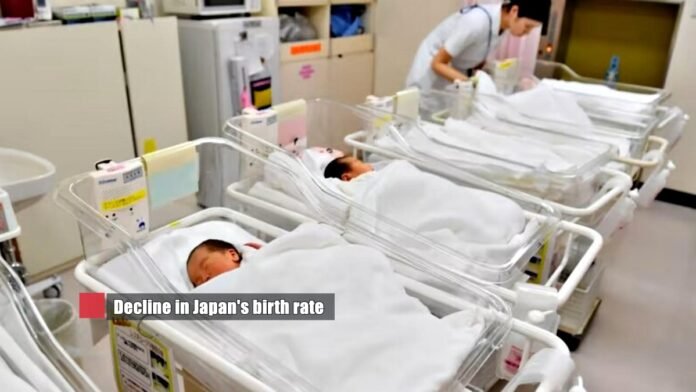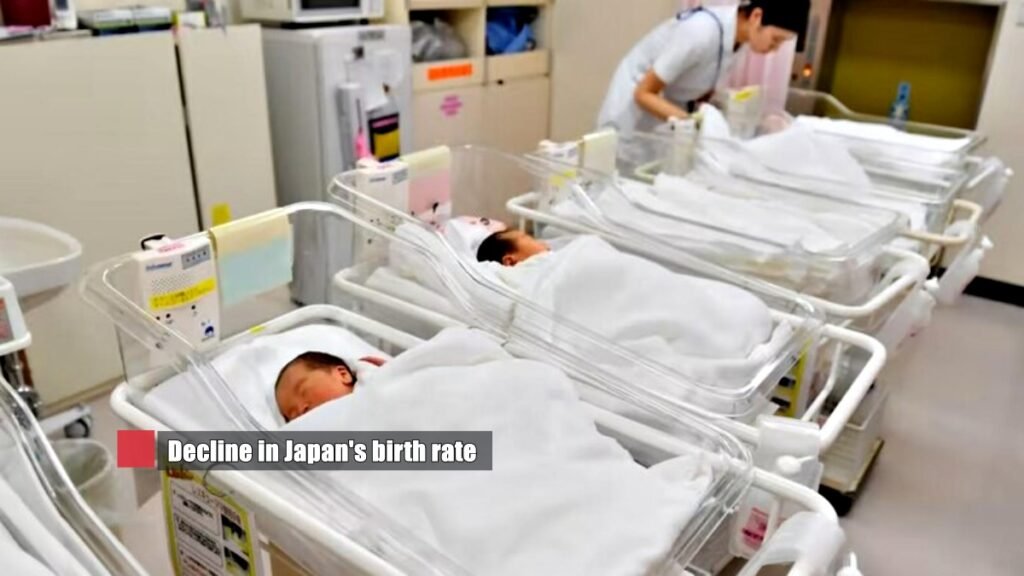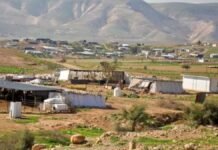
Tokyo: Japan’s population declined for the 12th consecutive year. Deaths are increasing in this country and the birth rate is continuously decreasing. In 2022, the number of families with children in Japan is expected to drop to less than 10 million, or about one crore. The warning bells of population decline have been ringing for a long time. But the latest figures have raised questions about Japan’s existence.
The birth rate declines for the seventh year in a row
According to the Ministry of Health, Labor, and Welfare, fewer than 800,000 children will be born in Japan in 2022. At the same time, 1.58 million people died. Which is almost double the number of people born. Earlier, 811,604 children were born in Japan in 2021 and 840,832 in 2020. According to annual population data, the average number of children a woman will give birth to in her lifetime is set to drop from 1.30 in 2021 to 1.26 in 2022, a record low since 2005. The fertility rate is well below the rate of 2.06-2.07 which is considered necessary to maintain population parity.
Only one child in 49% of households
The number of households with children under the age of 18 in Japan is 9.917 million (99.17 million). These figures are 3.4 percent less than in 2019 and have come down to a record low of 18.3 percent. Nearly half (49.3 percent) of these households have only one child. Whereas, 38 percent have two children. At the same time, the number of families with three or more is 12.7 percent.
29% of people above 65 years of age
Japan’s birth rate is one of the lowest in the world. Also, it is one of the countries with the highest life expectancy. In 2020, about one in 1,500 people in Japan were 100 or older, according to government statistics. The total population of Japan is about 127 million, of which about 29 percent are people above 65 years of age. The number of people aged 15 to 64 decreased by 296,000 to 74,208,000, which is 59.4% of the total population. This percentage was equal to the record low of a year ago. It is estimated that by 2050, about 36 percent of Japan’s population and 40 percent by 2060 will be old people.
According to Japanese government statistics, all 47 prefectures of Japan, except Tokyo, registered a decline in population last year. In a village in central Japan, only one newborn baby was born in 25 years.
Having a baby is expensive
Busy urban lifestyles and long working hours leave little time for some Japanese to start a family, and the rising cost of living makes childbearing too expensive for many young people. Japan is predicted to be one of the most expensive places in the world to raise a child in 2022.
COVID-19 responsible for the decline in the birth rate
The COVID-19 pandemic is also responsible for the low birth rate and high death rate in Japan. Which has increased Japan’s demographic challenges. In recent years there has been a decline in childbirths and more deaths due to fewer marriages. About 47,000 people have died due to the epidemic in Japan.

Japan’s government’s plan to increase population?
In April 2023, Japan launched its new Children and Families Agency. The Japanese government will spend about 3.5 trillion yen (about $25 billion) annually to stem the declining population. The government will give birth parents about 15,000 yen (about 8,607 thousand rupees) per month for each child up to the age of two. After that, it will pay 10,000 yen (about Rs. 5,738) per month for children three years and older. In which a plan is also being made to include senior high school children. The government is also planning to open nursery schools or day-care centers for children even if their parents do not have jobs. It would extend childcare leave benefits starting in fiscal year 2025 so that disposable family income remains unchanged for four weeks even when both parents take leave.






































